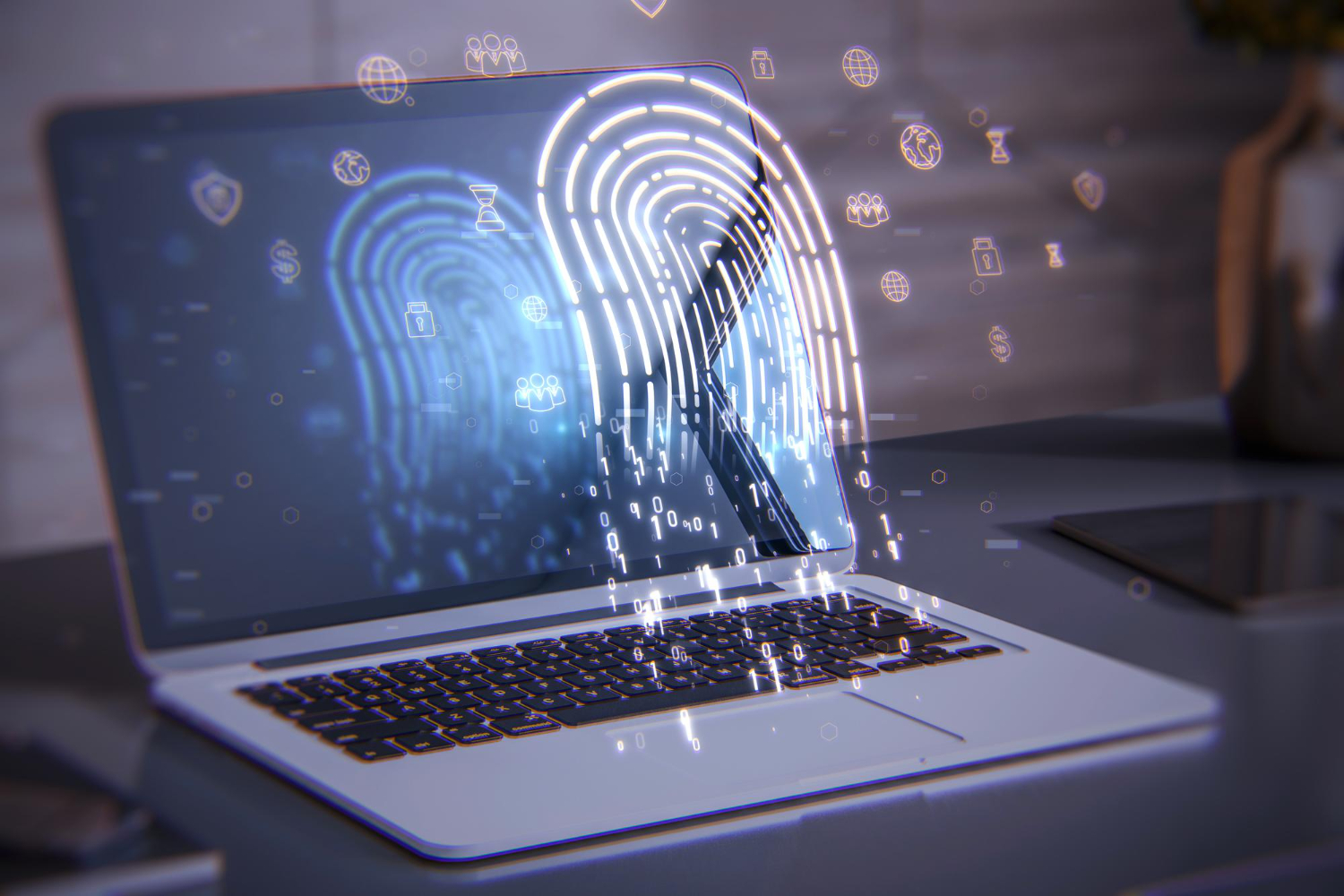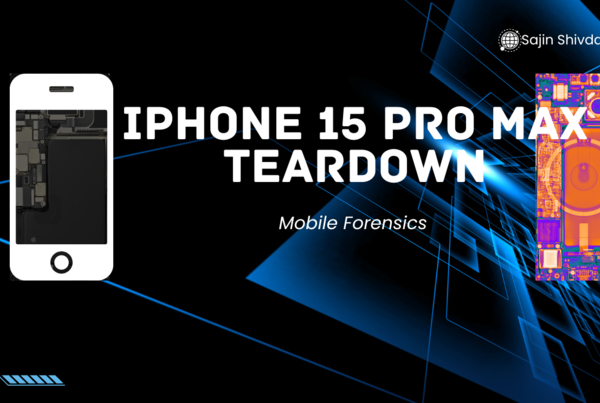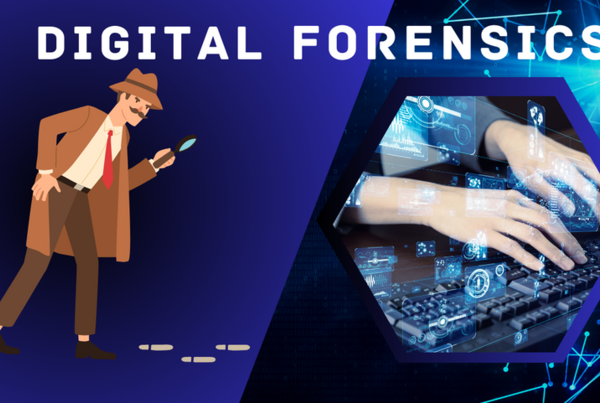- EnCase: This is a widely used tool for computer forensics, with a range of features for recovering and analyzing data from computers and other digital devices.
- X-Ways Forensics: This is another popular tool for computer forensics, with a focus on efficient data recovery and analysis.
- FTK (Forensic Toolkit): This is a comprehensive digital forensics tool that is used by many law enforcement agencies around the world.
- Wireshark: This is a popular tool for network forensics, with a range of features for capturing, analyzing, and visualizing network traffic.
- Cellebrite: This is a leading provider of mobile device forensics tools, with a range of products for extracting and analyzing data from smartphones and other mobile devices.
It’s worth noting that the field of digital forensics is constantly evolving, and the best tools for any given investigation may change over time.
Encase
EnCase is a digital forensics tool that is used to recover and analyze data from computers and other digital devices. It is widely used by law enforcement agencies, forensic experts, and other organizations to investigate crimes and recover evidence.
EnCase has a range of features that make it well-suited for forensic investigations, including:
- Data recovery: EnCase is able to recover deleted files, damaged data, and other types of evidence from a variety of storage media, including hard drives, flash drives, and memory cards.
- Analysis: EnCase includes a range of tools for analyzing data, including the ability to view and search file contents, examine web browsing history, and analyze metadata.
- Reporting: EnCase includes tools for creating detailed reports of the data recovered and analyzed during an investigation, including the ability to create charts, graphs, and other visualizations.
- Integration: EnCase can be integrated with other forensic tools and systems, allowing investigators to use it as part of a larger forensic workflow.
EnCase is available in a number of different versions, including a standalone tool and an enterprise version that is designed for use by large organizations. It is developed by the company Guidance Software.
X-Ways Forensics
X-Ways Forensics is a digital forensics tool that is used to recover and analyze data from computers and other digital devices. It is known for its efficiency and speed, with a focus on quickly and accurately recovering data from storage media.
Some of the key features of X-Ways Forensics include:
- Data recovery: X-Ways Forensics is able to recover deleted files, damaged data, and other types of evidence from a variety of storage media, including hard drives, flash drives, and memory cards.
- Analysis: X-Ways Forensics includes a range of tools for analyzing data, including the ability to view and search file contents, examine web browsing history, and analyze metadata.
- Reporting: X-Ways Forensics includes tools for creating detailed reports of the data recovered and analyzed during an investigation, including the ability to create charts, graphs, and other visualizations.
- Efficient workflow: X-Ways Forensics is designed with an efficient workflow in mind, with features such as the ability to preview files without having to fully recover them, and the ability to search and filter data in real-time.
X-Ways Forensics is developed by the company X-Ways Software Technology AG. It is available in a number of different versions, including a standalone tool and a network version that is designed for use in forensic laboratories.
FTK (Forensic Toolkit)
FTK (Forensic Toolkit) is a comprehensive digital forensics tool that is used by many law enforcement agencies and other organizations to investigate crimes and recover evidence. It is developed by the company AccessData, and is known for its wide range of features and capabilities.
Some of the key features of FTK (Forensic Toolkit) include:
- Data recovery: FTK (Forensic Toolkit) is able to recover deleted files, damaged data, and other types of evidence from a variety of storage media, including hard drives, flash drives, and memory cards.
- Analysis: FTK (Forensic Toolkit) includes a range of tools for analyzing data, including the ability to view and search file contents, examine web browsing history, and analyze metadata.
- Reporting: FTK (Forensic Toolkit) includes tools for creating detailed reports of the data recovered and analyzed during an investigation, including the ability to create charts, graphs, and other visualizations.
- Integration: FTK (Forensic Toolkit) can be integrated with other forensic tools and systems, allowing investigators to use it as part of a larger forensic workflow.
- Automation: FTK (Forensic Toolkit) includes a number of features that can automate forensic tasks, including the ability to run automated searches and analysis.
FTK (Forensic Toolkit) is available in a number of different versions, including a standalone tool and an enterprise version that is designed for use by large organizations. It is available for both Windows and Linux operating systems.
Wireshark
Wireshark is a digital forensics tool that is used to capture, analyze, and visualize network traffic. It is commonly used in network forensics to identify and investigate cyber crimes, such as hacking and data breaches. Wireshark is open-source software that is available for free and is widely used by network administrators, security professionals, and other IT professionals.
Some of the key features of Wireshark include:
- Network traffic capture: Wireshark is able to capture network traffic from a variety of sources, including live networks, packet captures, and offline files.
- Analysis: Wireshark includes a range of tools for analyzing network traffic, including the ability to view and search packets, decode and dissect protocols, and visualize data with graphs and charts.
- Customization: Wireshark allows users to customize the interface and the way that data is displayed, with options for filtering and highlighting packets, creating custom columns, and more.
- Integration: Wireshark can be integrated with other forensic tools and systems, allowing investigators to use it as part of a larger forensic workflow.
- Extensibility: Wireshark includes a plugin architecture that allows users to extend the functionality of the tool with custom plugins and scripts.
Wireshark is available for a variety of operating systems, including Windows, MacOS, and Linux.
Cellebrite
Cellebrite is a leading provider of digital forensics tools for extracting and analyzing data from smartphones and other mobile devices. The company offers a range of products for forensic investigators, including hardware and software tools for extracting data from mobile devices, as well as software for analyzing and reporting on the data extracted.
Some of the key features of Cellebrite’s digital forensics tools include:
- Data extraction: Cellebrite’s tools are able to extract data from a wide range of mobile devices, including smartphones, tablets, and feature phones. The extracted data can include call logs, text messages, contacts, photos, and other types of data.
- Analysis: Cellebrite’s software includes a range of tools for analyzing the data extracted from mobile devices, including the ability to view and search data, examine user activity, and create detailed reports.
- Integration: Cellebrite’s tools can be integrated with other forensic tools and systems, allowing investigators to use them as part of a larger forensic workflow.
- Support: Cellebrite offers support and training to users of its digital forensics tools, including training courses and technical support.
Cellebrite’s digital forensics tools are used by a wide range of organizations, including law enforcement agencies, forensic experts, and corporate security teams. The company’s products are available for both Windows and MacOS operating systems.
See the related links below for additional information on Digital Forensics.
Digital Forensics Tools and Utilities
A Digital Forensics- Investigation based on Case Study’s from NIST (Lab Exercise)









